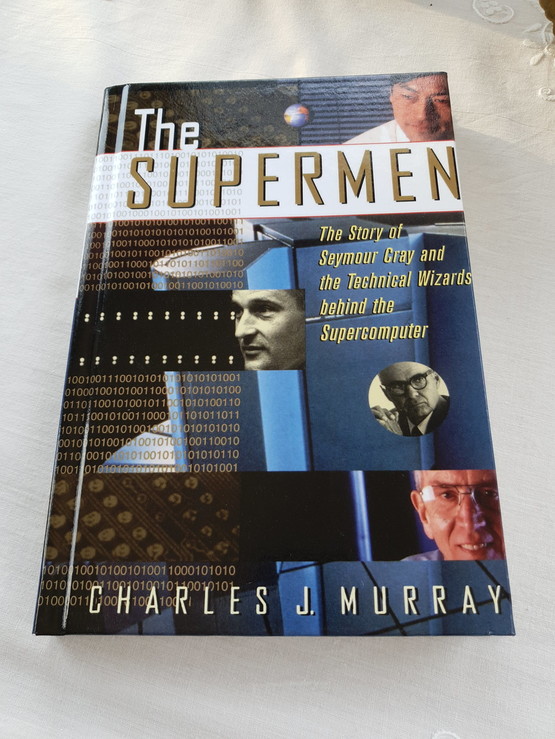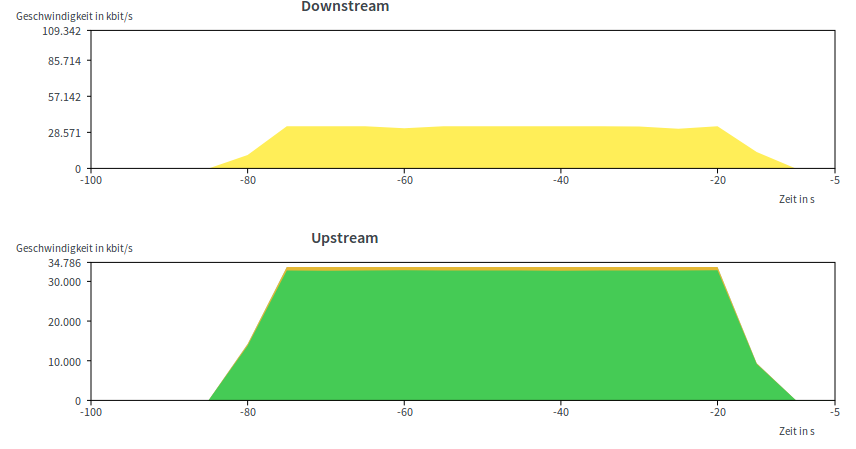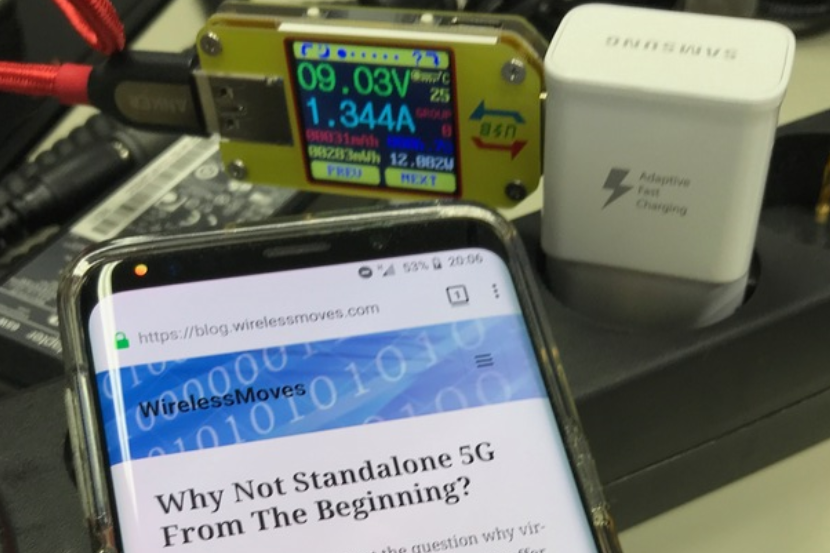 Back in the mid 1980’s I’ve visited my uncle at the ETH Zürich and I still remember what he showed to me that day: A Cray-1 supercomputer. There I was, a teenager with a Commodore 64 at home standing right next to one of the fastest computers on earth at the time. The very fact that I still remember the visit is a strong indication that it had a long lasting effect on me and certainly influenced my future. Now, 30 years later, I thought it was time to revisit this piece of my past and learn a bit more about it.
Back in the mid 1980’s I’ve visited my uncle at the ETH Zürich and I still remember what he showed to me that day: A Cray-1 supercomputer. There I was, a teenager with a Commodore 64 at home standing right next to one of the fastest computers on earth at the time. The very fact that I still remember the visit is a strong indication that it had a long lasting effect on me and certainly influenced my future. Now, 30 years later, I thought it was time to revisit this piece of my past and learn a bit more about it.
Continue reading Book Review: The Supermen – The Story of Seymour Cray


